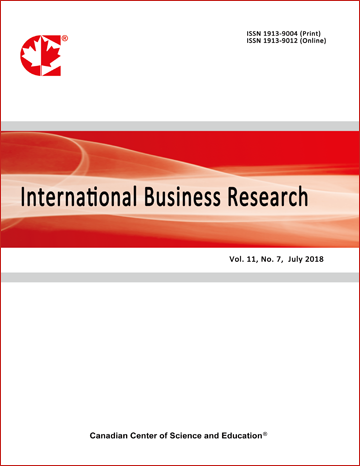Could Investors’ Expectations Explain Temporal Variations in Hurst’s Exponent, Loci of Multifractal Spectra, and Statistical Prediction Errors? The Case of the S&P 500 Index
- C-René Dominique
- Luis Eduardo Rivera-Solis
Abstract
Over the periods 1998-2002 and 2009-2011, the S&P-500 Index went from persistence to anti-persistence mode, as measured by the Hurst index H. To uncover the reasons that characterize such a change, this paper uses a simple method that consists in treating quasi self-similar segments of the Index as initiators, and then finding appropriate generators with two intervals each to asymptotically model the strange attractor. The multifractal formalism shows that the change in persistence implies a corresponding change in the multifractal spectrum, and an enlargement of the invariant equilibrium set, making a market crash more likely, most probably due to a collapse of investors’ expectations. This also means that all statistical predictions made in one mode would have been off by an amount proportional to change in any element of the generalized set of dimensions in the other.
- Full Text:
 PDF
PDF
- DOI:10.5539/ibr.v5n5p8
Journal Metrics
h-index (August 2025): 114
i10-index (August 2025): 1059
h5-index (August 2025): N/A
h5-median(August 2025): N/A
( The data was calculated based on Google Scholar Citations. Click Here to Learn More. )
Index
- ACNP
- ANVUR (Italian National Agency for the Evaluation of Universities and Research Institutes)
- CNKI Scholar
- CrossRef
- EconBiz
- EconPapers
- Elektronische Zeitschriftenbibliothek (EZB)
- EuroPub Database
- Excellence in Research for Australia (ERA)
- Genamics JournalSeek
- Google Scholar
- Harvard Library
- IDEAS
- Infotrieve
- Mendeley
- Open policy finder
- Qualis/CAPES
- RePEc
- ResearchGate
- ROAD
- Scilit
- Technische Informationsbibliothek (TIB)
- The Keepers Registry
- UCR Library
- UoS Library
- ZBW-German National Library of Economics
- Zeitschriften Daten Bank (ZDB)
Contact
- Kevin DuranEditorial Assistant
- ibr@ccsenet.org
